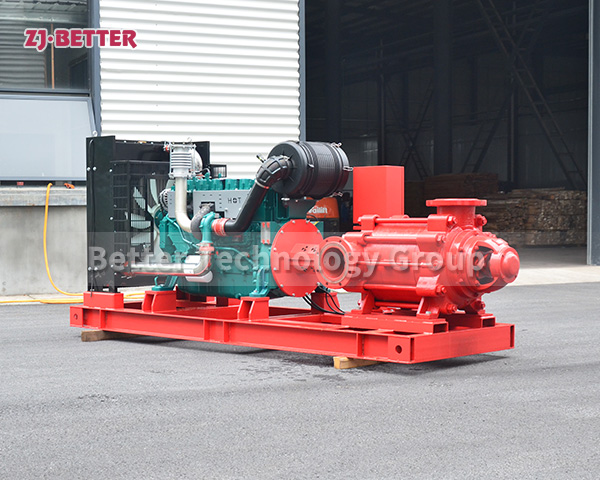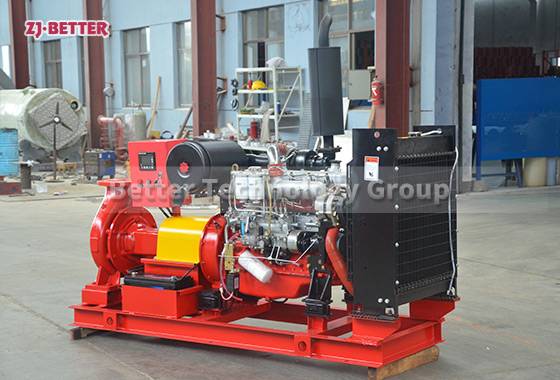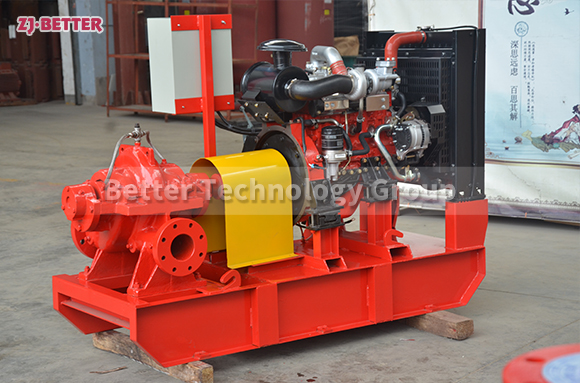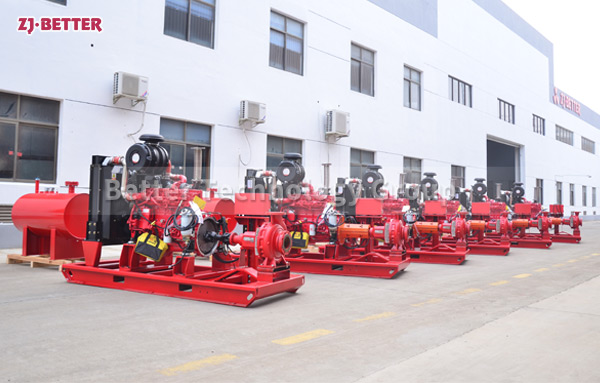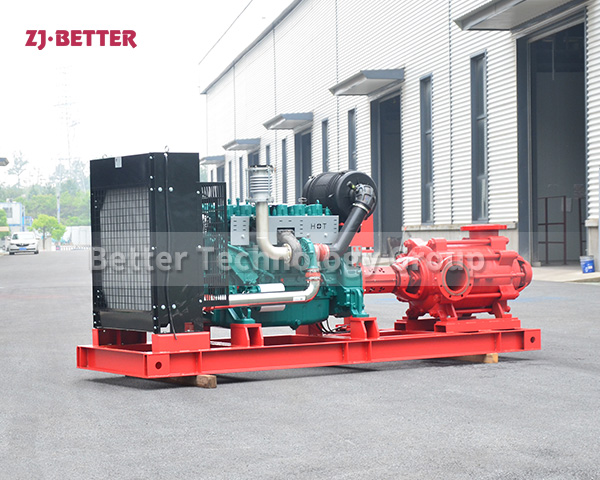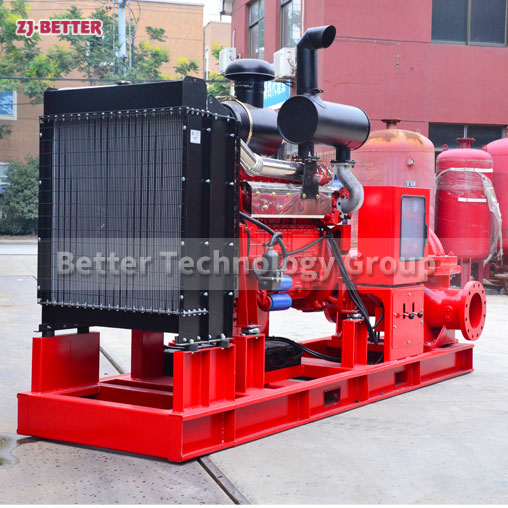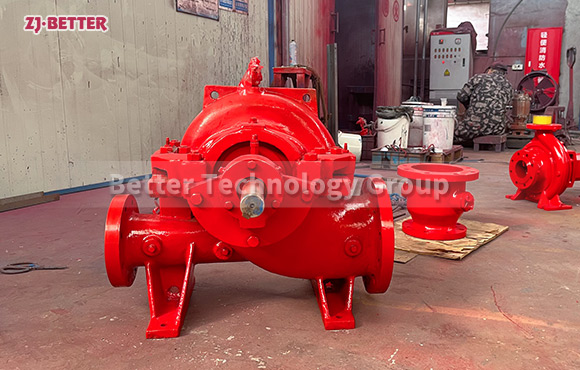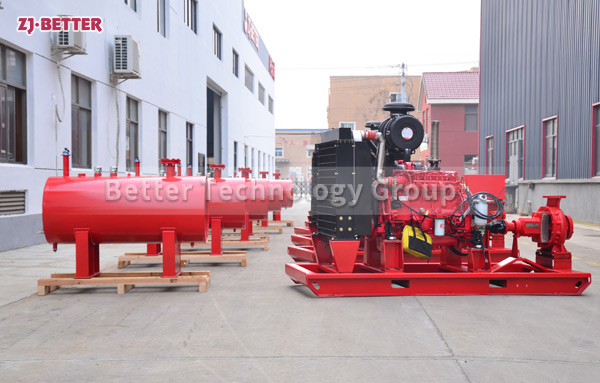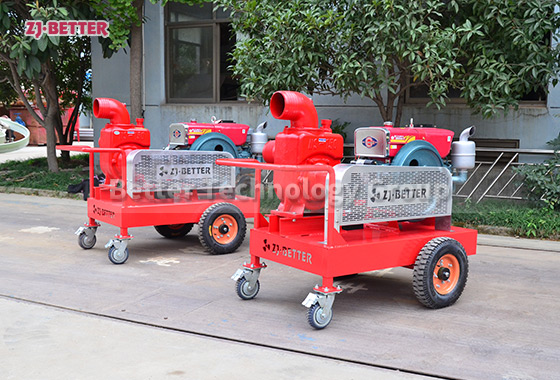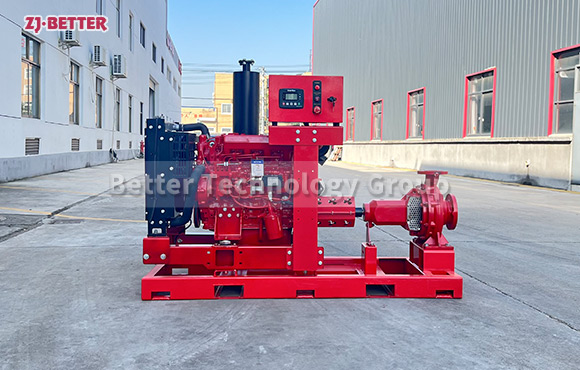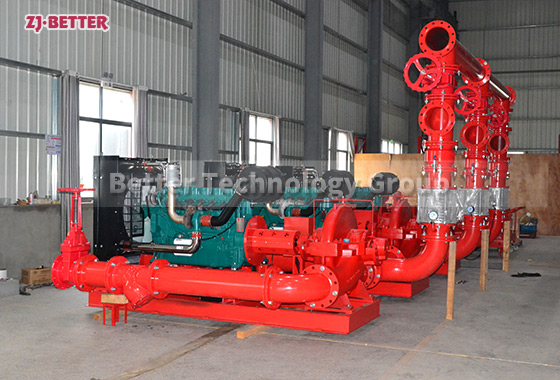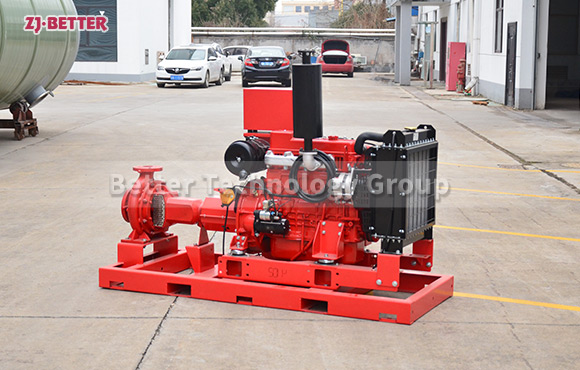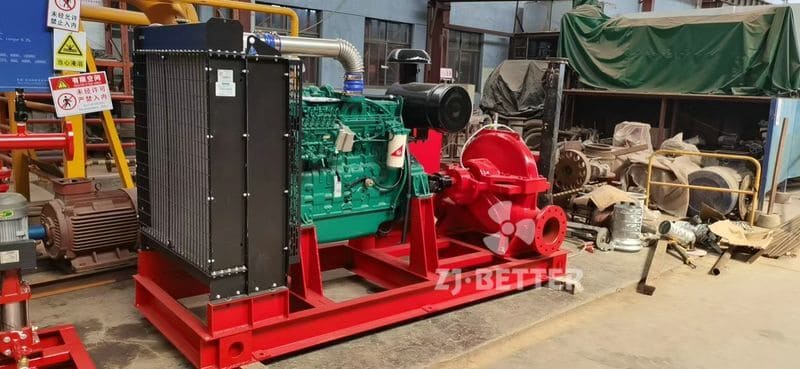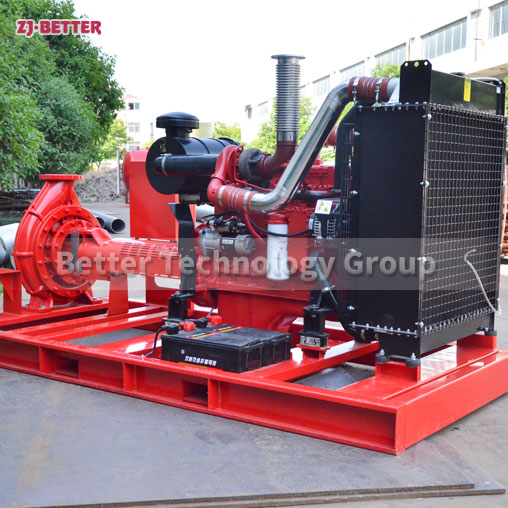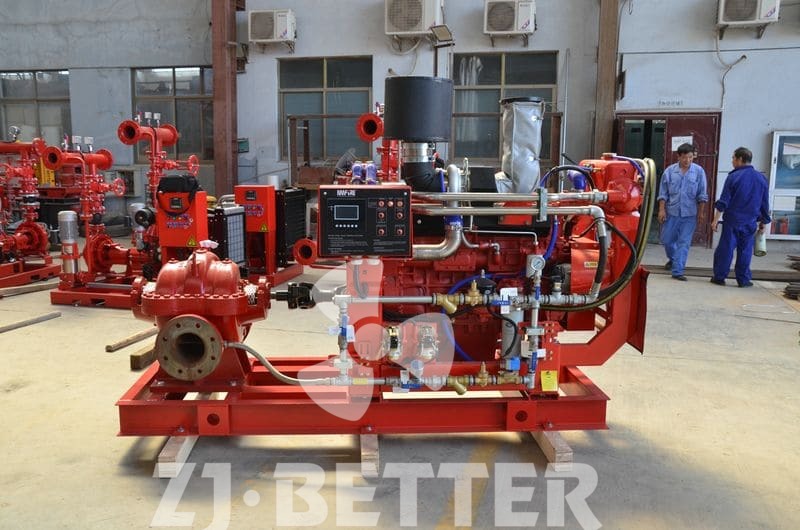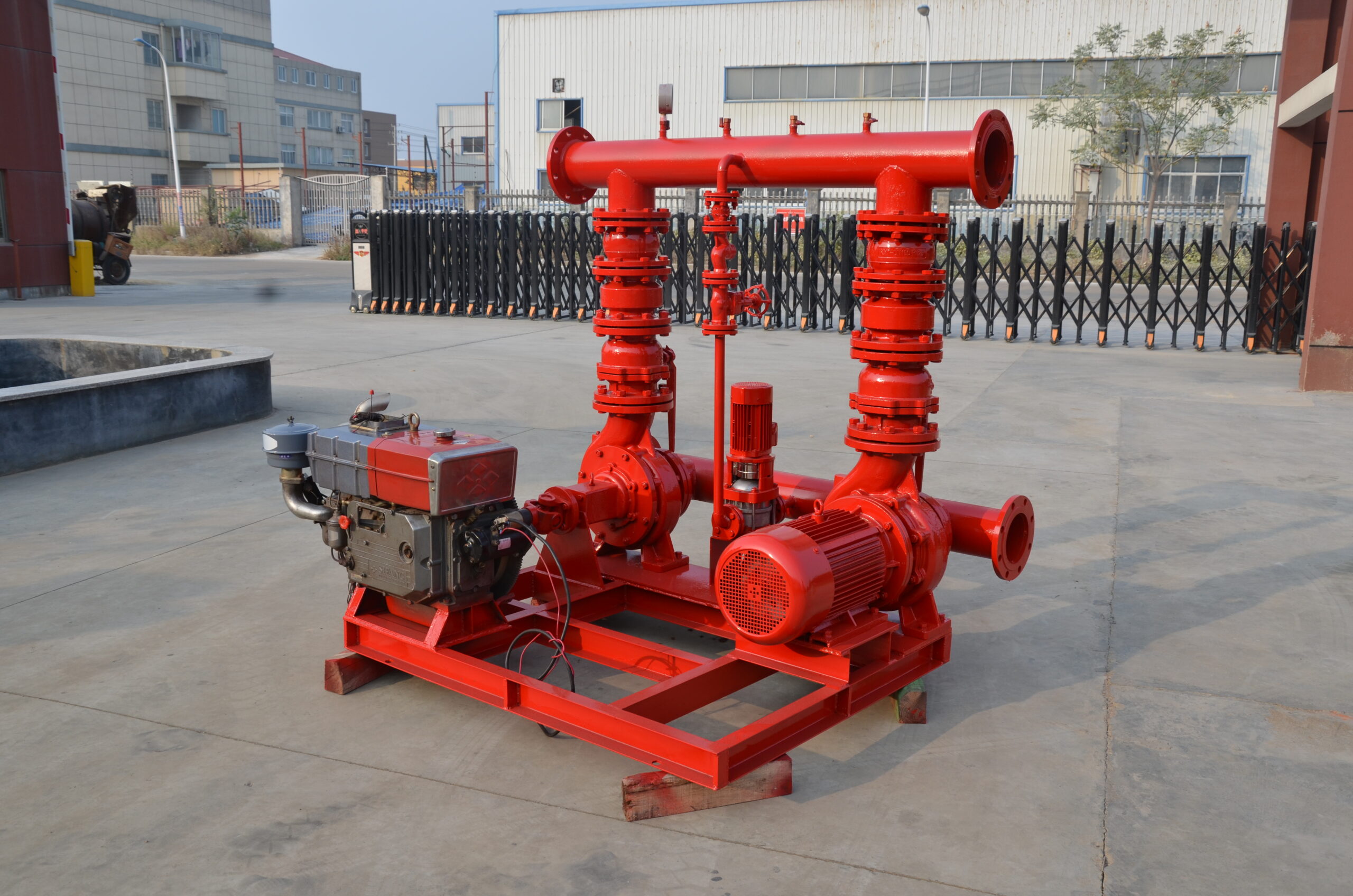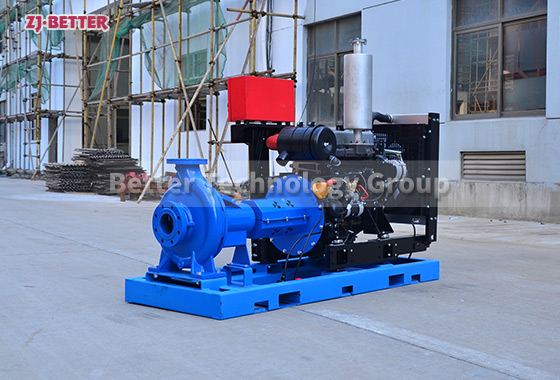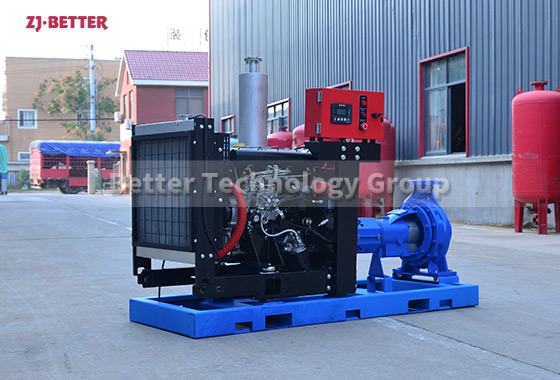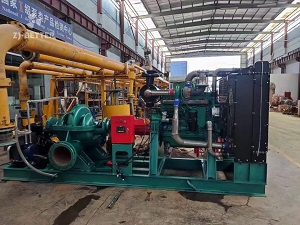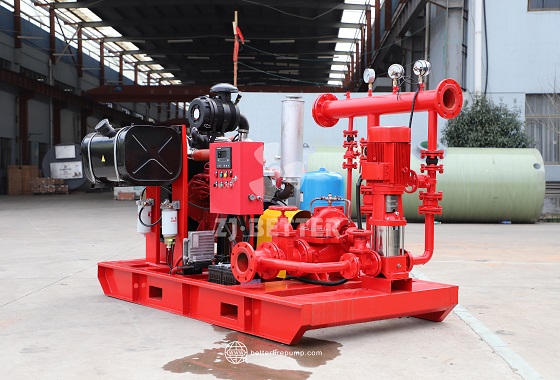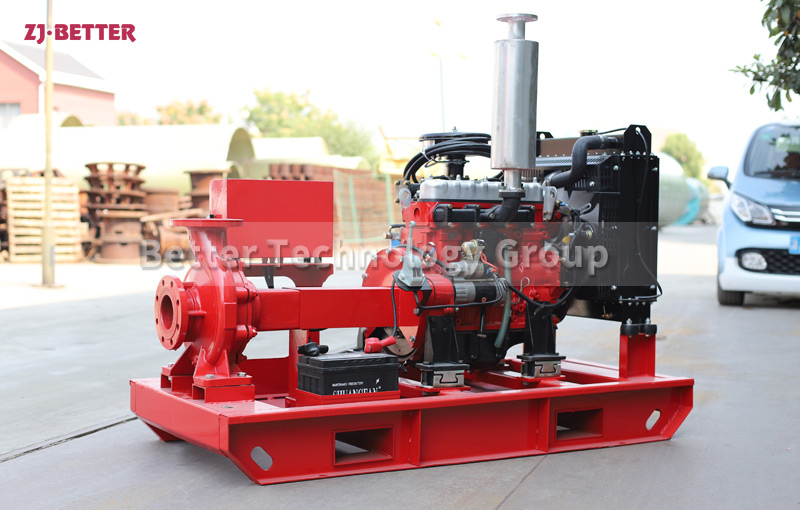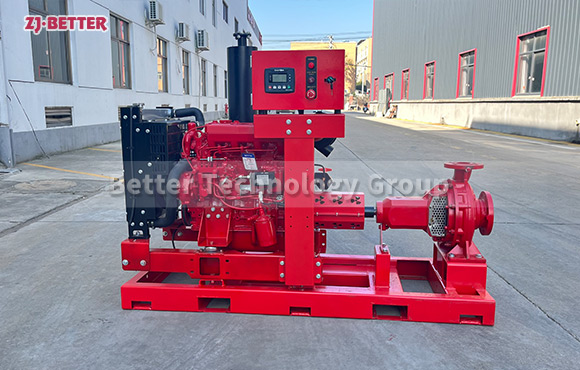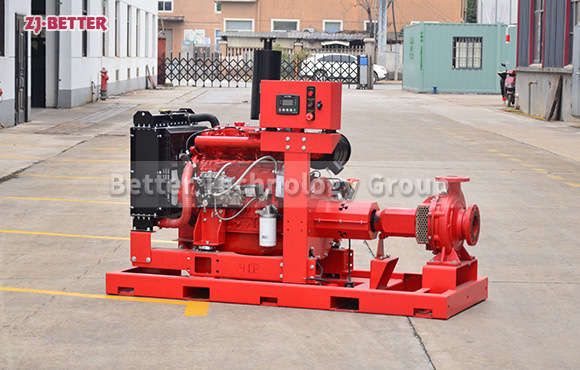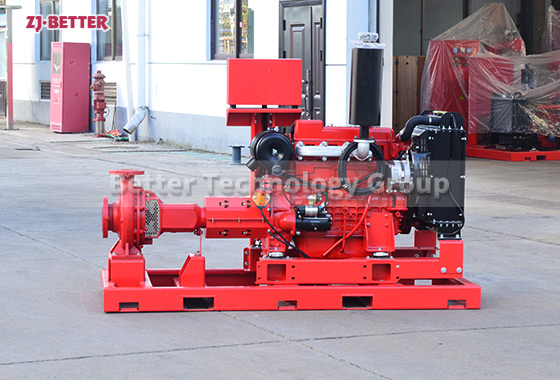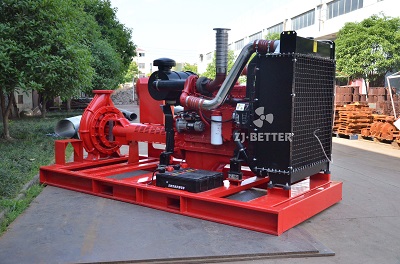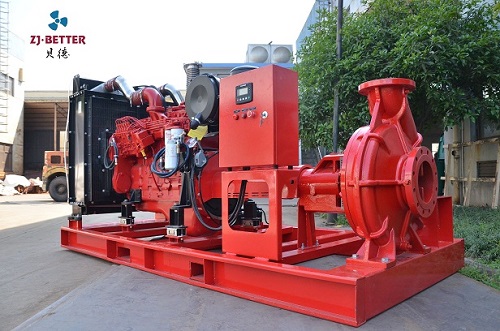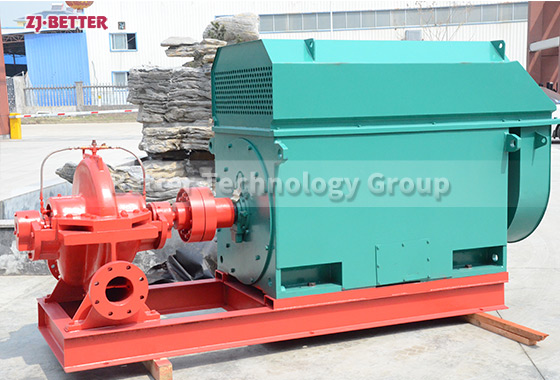What are the fire pump performance curves, and how are they used?
Fire pump performance curves are graphical representations that show the relationship between the pump’s flow rate and its discharge pressure. These curves help in selecting the right pump for a specific application by providing crucial data on how the pump performs under various conditions. Key points on the curve include:
Shutoff (Churn) Point: The point at which the pump operates with no flow, indicating maximum pressure.
Rated Point: The point at which the pump delivers its rated flow and pressure.
End of Curve: The maximum flow the pump can handle while maintaining acceptable pressure.
Fire pump performance curves are graphical representations that show the relationship between the pump’s flow rate and its discharge pressure. These curves help in selecting the right pump for a specific application by providing crucial data on how the pump performs under various conditions. Key points on the curve include:
- Shutoff (Churn) Point: The point at which the pump operates with no flow, indicating maximum pressure.
- Rated Point: The point at which the pump delivers its rated flow and pressure.
- End of Curve: The maximum flow the pump can handle while maintaining acceptable pressure.

